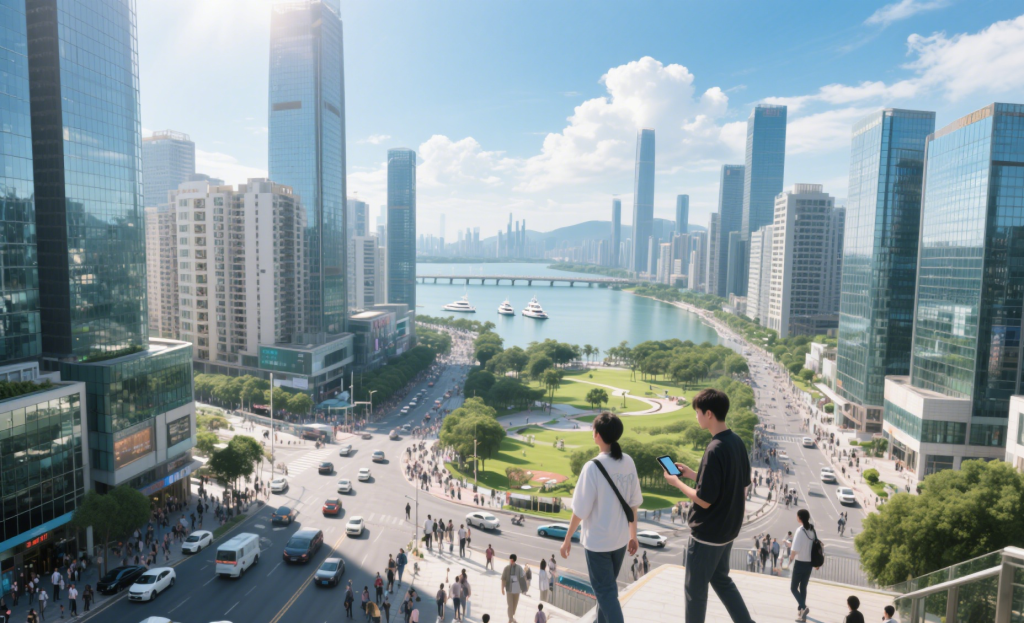
Shenzhen's Population Dynamics: A Hub of Growth and Diversity in 2025
As one of China’s most dynamic cities, Shenzhen continues to defy demographic norms in 2025, balancing rapid economic growth with a unique population structure. With a permanent resident population of 17.9895 million as of early 2025, the city remains a magnet for migrants, particularly young professionals, drawn by its thriving tech industry and global connectivity.
A striking feature of Shenzhen’s demographics is its high proportion of non-registered residents. In 2024, non-registered migrants comprised 67% of the population, a testament to the city’s role as a transient hub for talent across China. This trend highlights both the city’s economic pull and its challenges in integrating a large floating population into social services. Meanwhile, the registered population reached 6.0614 million in 2024, growing steadily as policies ease household registration (hukou) restrictions for skilled workers.
Shenzhen’s population is remarkably young, with 79.53% of residents aged 15–59 in the seventh census, far above the national average. This demographic dividend fuels innovation, particularly in high-tech sectors like artificial intelligence and biopharmaceuticals. However, the city also faces a gender imbalance, with males accounting for 55.04% of the population, a ratio that has risen to 122.43 males per 100 females, potentially impacting social dynamics in the long term.
Urbanization in Shenzhen is nearly complete, with 99.54% of the population living in urban areas, reflecting its status as a fully developed metropolis. This contrasts sharply with China’s national urbanization rate, showcasing Shenzhen’s advanced infrastructure and dense city planning. Yet, such density—at 9,004 people per square kilometer—strains housing and transportation, prompting ongoing investments in mass transit and affordable housing projects.
Education plays a pivotal role in Shenzhen’s success, with 5.0659 million residents holding tertiary education degrees, a significant jump from past censuses. This educated workforce supports the city’s transition to a knowledge-based economy. Additionally, the average life expectancy has risen to 83.93 years (2022), reflecting high healthcare standards, though the elderly population (5.36% aged 60+) remains low compared to other major cities, a benefit of its youthful demographic profile.
Looking ahead, Shenzhen’s ability to manage population growth sustainably will be critical. While its economic vitality continues to attract talent, challenges such as housing affordability, social security for migrants, and balancing high-tech development with livability require strategic planning. As a global benchmark for urban innovation, Shenzhen’s demographic trends will shape its future as both an economic powerhouse and a model for modern urban living.
With careful policy adjustments to integrate migrants, address gender disparities, and enhance social services, Shenzhen is poised to maintain its status as a leading destination for those seeking opportunity in China’s rapidly evolving landscape.
More population information please check:2025 Shenzhen City Population Data and Population Census data and AGE PYRAMID - ChinaCensus-ChinaCensus
reference content2025年深圳市人口常住户籍有多少和第七次人口普查数据 年龄金字塔结构 民族组成情况-红黑人口库
 ChinaCensus
ChinaCensus